Pink Primrose Orchid
Caladenia rosea
Synonyms
- Caladenia flava
Notes
Restricted to a small area of south-western WA, the Pink Primrose Orchid looks almost exactly like the common and widespread Cowslip Orchid (Caladenia flava) except for being pink rather than yellow in colour (hence the scientific name rosea). In fact, it closely resembles some of the occasionally encountered hybrids between the Cowslip Orchid and either the Pink Fairy Orchid (Caladenia latifolia) or the Little Pink Fairy Orchid (Caladenia reptans), but forms almost pure populations in areas where the regular yellow form of the Cowslip Orchid is less abundant.
The Pink Primrose Orchid is restricted to a small area of the Darling Scarp south of Perth where it grows in lateritic soil in open Jarrah–Marri woodland and is typically common. Curiously, it forms almost pure populations which largely replace the normal yellow form of the Cowslip Orchid. As the Pink Primrose Orchid does not produce nectar, both its colour and scent are believed to mimic the co-occurring Swan River Myrtle (Hypocalymma robustum) as a way of attracting pollinators. This appears to provide an ecological advantage over the standard yellow flower colour of the Cowslip Orchid.
While the Pink Primrose Orchid has been described as a separate species, its exact status is uncertain, and it could simply be a pink colour form of Caladenia flava which has evolved to fill a specific ecological niche. Some flowers still show some yellow colouration which also points to the Cowslip Orchid as its ancestor. Alternatively, it could have originated from hybrids between Caladenia flava and Caladenia latifolia or reptans as an example of hybrid speciation. Interestingly, it grows in the company of another Cowslip Orchid look-alike, the White Primrose Orchid (Caladenia lateritica), which has white instead yellow or pink flowers and could likewise simply be an unusual colour form of the Cowslip Orchid.
Photos
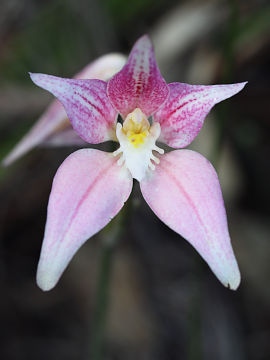
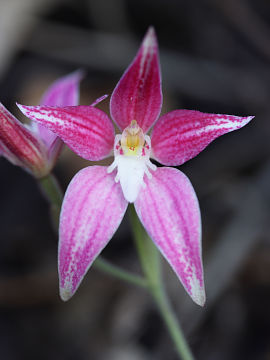
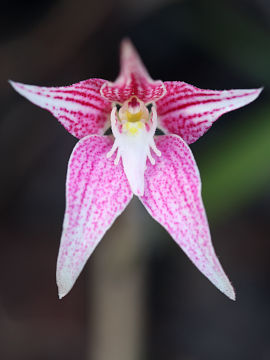

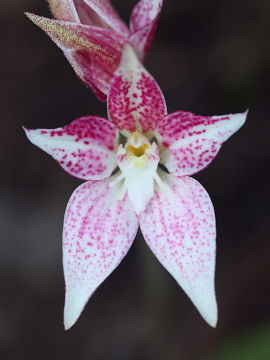
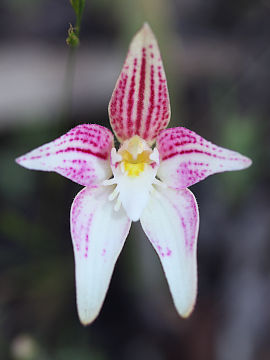
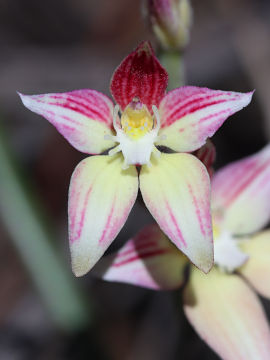
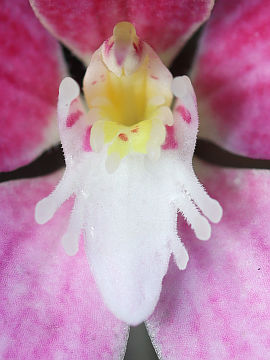
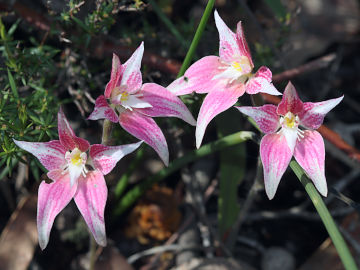
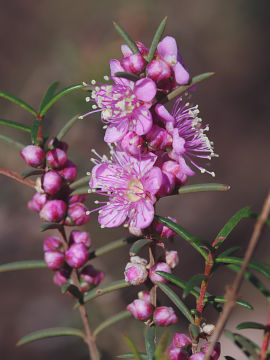
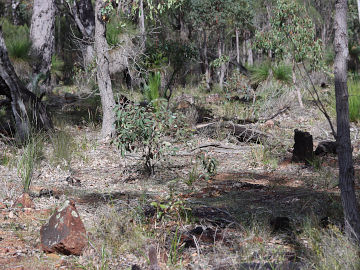
References
- Caladenia rosea in the Australian Plant Name Index
- Caladenia rosea in the Atlas of Living Australia